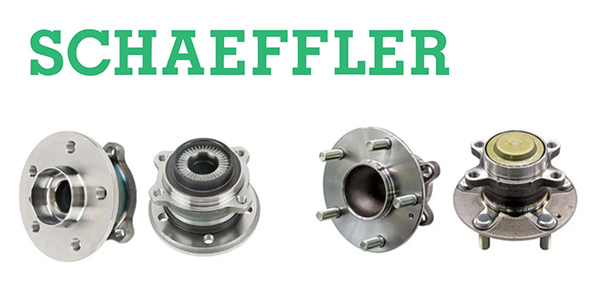"Spring forward, fall back" is a common way to remember when to replace windshield wipers.
That time is it?
That question is sometimes more difficult to answer than you might think, especially during daylight savings time.
Take Indiana, for example. For as long as anyone can remember, when daylight savings time rolled around, part of the state would observe it, while other parts did not. This made for some confusing clocks. Just imaging if you were a repair shop trying to schedule appointments!
This on-going debate separated neighbors – literally, with clocks on one side of the street saying it was noon, while on the other, indicating it was 11 am.
For years, Hoosiers disagreed over whether or not to observe daylight savings time. Indeed, getting motorists to agree on when automotive preventive maintenance should be performed can be just as vexing.
The reason daylight savings time is a good example is because at least one wiper manufacturer has been using the semi-annual event as a reminder to motorists to change their wipers.
The motor oil and motor oil change industries have done a pretty good job educating motorists that they should change their vehicle’s oil like clockwork too, at three months or 3,000 miles, whichever comes first. In general, people are pretty good about adhering to this maintenance interval. For other product categories such as wipers, the battle has been a little more challenging.
Perhaps for consumers, replacement intervals for wipers is, like Indiana clocks – a little confusing. It really shouldn’t be. After all, wipers are a safety item that should be changed on a pretty regular basis. And unlike motor oil, the driver can actually see when the blades are worn. Check out this month’s Over the Counter cartoon on page eight. In it, a counterman changing a customer’s blades in the driving rain laments that fact that motorists tend only to think about wiper replacement when they must – like during a rain or snow storm. Particularly for this product category, it’s up to a sales-savvy counter professional to remind customers about the importance of wiper replacement, even when the skies are blue. That’s because even when the weather is good, as it is for much of the country these days, that even sunlight and dry weather can make the blades age.
Back in 1916, the first crank operated manual windshield wipers were offered on several cars. It was a major innovation because it allowed the driver to clean his windshield without having to stop the car, get out and wade though puddles and mud to wipe the glass.
Though the roads are better and the speed limits are higher, the need for good visibility hasn’t changed a bit. In fact, good visibility has become more essential than ever for safe driving.
The average life span of a new natural rubber wiper blade is only about 12 months, and depending on the weather and other factors, it can be even less.
Most wiper blades are fairly simple to replace. The blade holder is usually attached to the wiper arm one of three ways: by a side pin (most GM), by a bayonet clip (most Ford and Chrysler) or by a hook (many imports).
The installation instructions that come with new blades usually show how the blades are mounted and how to replace them. Some replacement blades have the same type of OEM mounting configuration but others require the use of a small plastic adapter clip.
With blade refills, there is usually a squeeze clip at one end of the blade that must be released to slide the old rubber out of the holder.
SELLING TIPS
Ideally, blades should be replaced before they’ve deteriorated to the point where they don’t wipe cleanly and reduce visibility. Any blade that is streaking, chattering, torn or cracked is a blade that is overdue for replacement.
Most safety experts advise replacing the blades at least once a year. In some areas, changing the blades every six months might be necessary because of road or weather conditions. Dust from gravel roads and urban construction zones can accelerate blade wear. Vehicles that are not garaged and are exposed to the elements 365 days a year will also need to have their blades replaced more frequently than the blades on vehicles that enjoy a more sheltered existence. Sunlight and ozone are hard on natural rubber (literally) causing it to harden and age. A blade must be flexible to provide the proper "squeegee" effect as it slides across the glass.
The wiping edge of the blade must also be perfectly smooth and flat or it won’t maintain full contact across the length of the blade and streak the glass.
Spring is an ideal time to check the condition of the wiper blades and to replace them if needed. You might also recommend upgrading to a premium style of replacement blade that typically offers longer blade life, better materials and construction. Some such blades also have special aerodynamic features that help reduce wind lift at high speeds to keep the blade in firm contact with sharply raked windshields.
Don’t forget the rear wiper! Most SUVs, minivans, full-size vans and many cars with hatchbacks have a third wiper in the rear.
You might also recommend an extra set of blades or refills. Finally, the wiper arms should also be checked. Rear wiper arms can sometimes be damaged by car wash rollers.




